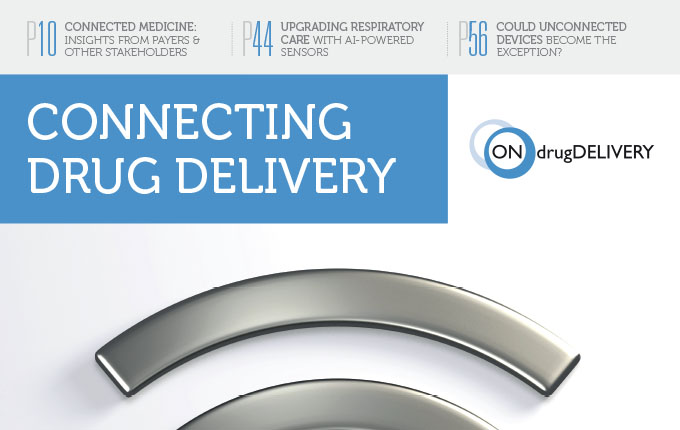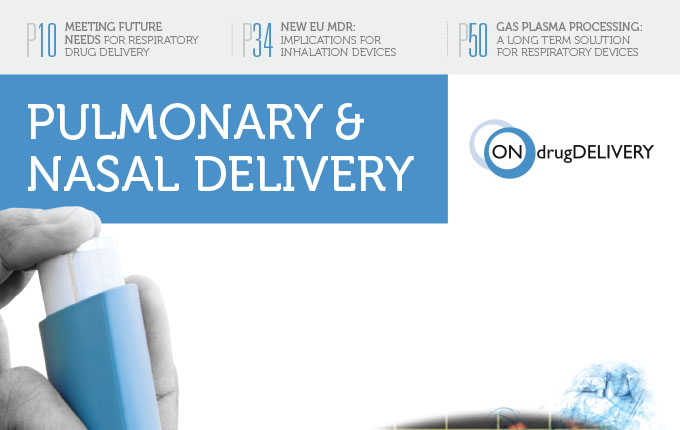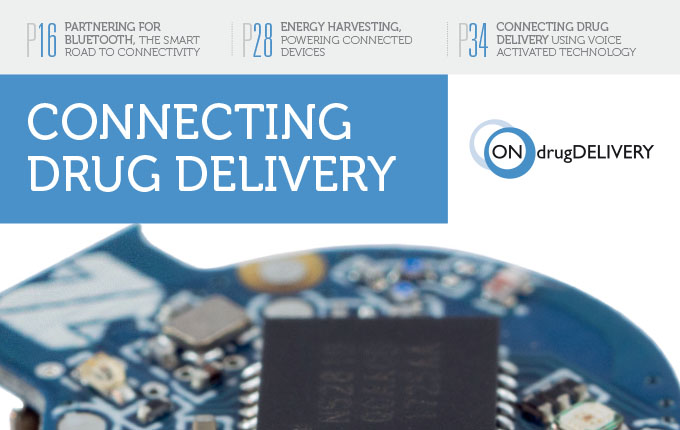The field of OINDP development was reenergized by recent advances in in vitro testing. These technologies allowed for a closer examination of how drugs aerosolized under flow conditions similar to those experienced by patients. Additionally, the use of physical models of human throats or noses enabled researchers to measure drug deposition more accurately. However, these methods only captured a fraction of the variability found in airway morphology, device usage, and physiological processes among different patients and diseases.
To bridge this gap, the webinar explored the role of physiologically based simulations. These simulations utilized real patient data, including airway surface areas, mucociliary clearance rates, and device usage patterns. By incorporating these elements, simulations could realistically predict drug exposure, both locally in the airways and systemically in the body. This approach was invaluable not only for predicting clinical study outcomes but also for running numerous theoretical scenarios. Such scenarios could answer critical questions about drug dosage, the impact of device changes, and the balance between local targeting and systemic exposure.
The webinar also explained in silico and PBPK Modelling by presenting a series of examples highlighting the capabilities of physiologically-based pharmacokinetic (PBPK) modelling in OINDP development. It offered more than a basic introduction to these models; it delved into how these models interacted with in vitro and pre-clinical data. This intersection was crucial for drug product developers, as it opened up new possibilities for study design, leveraging in silico methods to address questions beyond the reach of traditional in vitro or in silico approaches alone.
The webinar posited that the future of complex drug product development would heavily rely on a combination of in vitro and in silico approaches. For this partnership to be effective, a mutual understanding between these two domains was essential. This integration enabled drug developers to expand the scope of their testing, allowing for more comprehensive and nuanced answers to pressing developmental questions.
This webinar was tailored for drug product developers who were eager to incorporate these advanced methodologies into their work. It was also an excellent opportunity for those curious about the potential of PBPK models in the realm of OINDPs. Attendees gained insights into the current state and future potential of in silico modeling in drug development. They left with a deeper understanding of how these models could enhance the development process, from initial design to final product testing, by simulating a wide range of patient scenarios and physiological variables.
In summary, the webinar “In Silico Modelling for Orally Inhaled Drug Development” presented a comprehensive overview of the latest advancements in OINDP development. It highlighted the synergy between in vitro testing and in silico modeling, underscoring the importance of patient-centric approaches and the versatility of physiologically based simulations. This webinar was a must-attend for those in the field, offering valuable insights into the future of drug development and the expanding role of in silico methodologies.
Learn more about Aptar Pharma Expertise
in Nasal Drug Delivery
Learn more about Aptar Pharma Expertise
in Inhalation Drug Delivery
This Might Also Be of Interest

Aptar Pharma provides guidance on FDA regulatory framework for OINDPs
Webinars, Pharmaceutical, Innovation & Insights, Market Insights, Product Solutions

Connected Medicine: Insights from Payers and Other Stakeholders
Publications, Pharmaceutical, Innovation & Insights, Drug Delivery Innovations, Brand Differentiation, Product Solutions

A track record of success for nasal drug delivery in drug repurposing
Publications, Pharmaceutical, Innovation & Insights, Drug Delivery Innovations, Brand Differentiation, Product Solutions

Connected Health – An Effective Solution to Improve Patient Adherence
Publications, Pharmaceutical, Innovation & Insights, Drug Delivery Innovations, Brand Differentiation, Product Solutions

